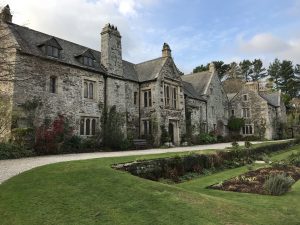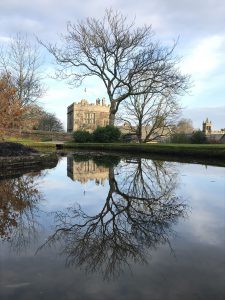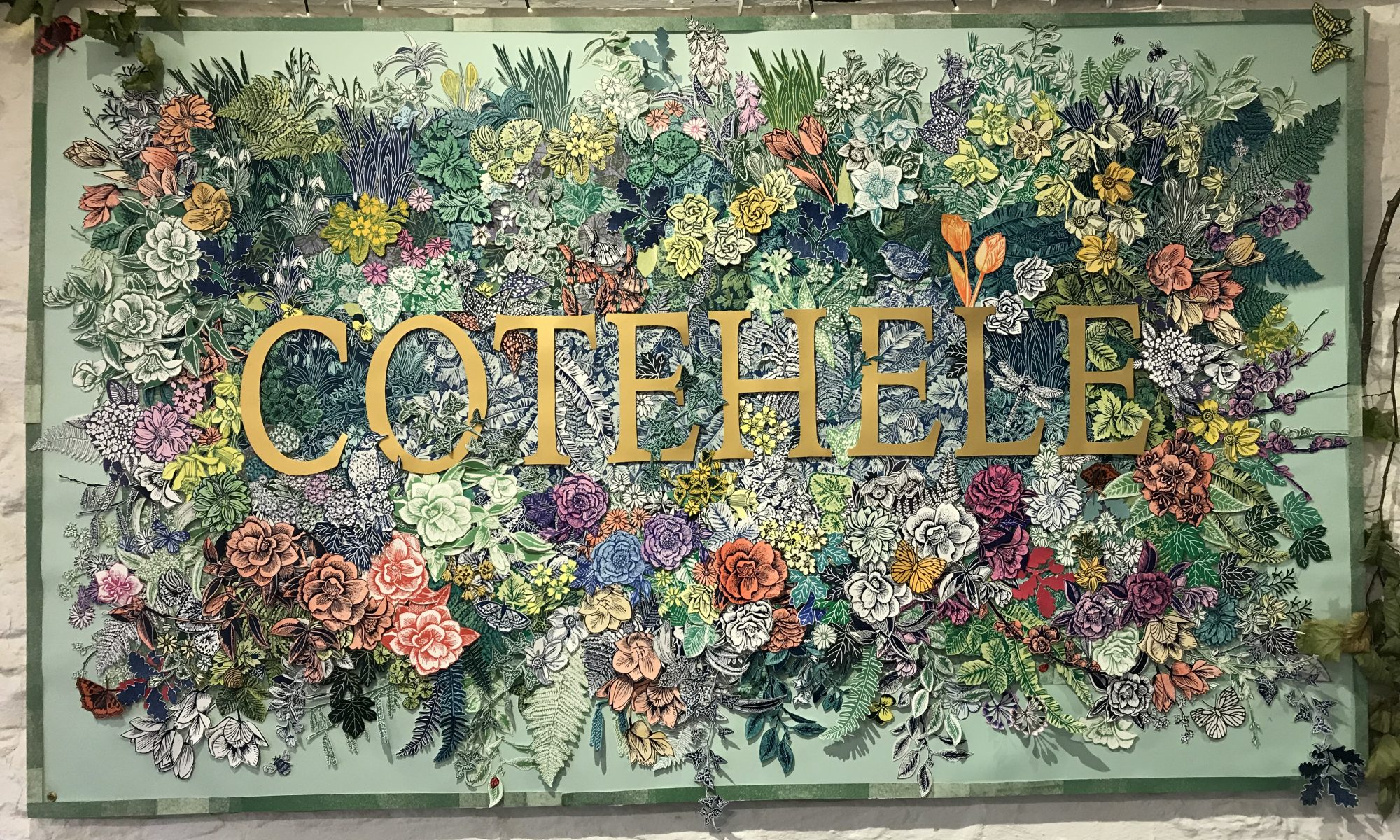A flying visit after work didn’t do this place the justice it no doubt deserves – as a result a return to this charming place is on the cards. On a cold autumnal day and pressed for time, Cotehele delivered a warm and surprising welcome. Once again travel for work and membership of the National Trust combine to provide an excellent opportunity to visit another remarkable place around this fascinating country; this was no exception to this general rule.
Cotehele is a medieval mansion on a 1300-acre estate deep in the Tamar valley. A drive to the main car park takes you past some of the other charms of Cotehele – a working mill, a quay with a historic boat and a tea room with river views. A return will surely have to take place to visit the Victorian ‘Shamrock’, the former Tamar sailing barge. The former owners for over 600 years of the estate go by the name of Edgcumbe. This is not a name that stands out in British history as far as my knowledge goes but one that screams in my recent memory. Back in the summer I had stumbled upon mount Edgcumbe country park on the Rame peninsula – part of the great estate that the Edgcumbe once owned across Cornwall.
The medieval mansion is a beaut (better looking than the one that is located on the Rame peninsula). It sits on top of a hill providing views down to the river Tamar and the village of Calstock (a village of little importance but dominated by a towering viaduct). The house looks and feels medieval. My whistle stop tour at this time of the year allowed a visit to a small part of the house – the rest is shut down for the winter as it doesn’t possess any electricity. How fascinating to think of a home without electricity when houses these days can’t survive without it. The last Earl of Edgcumbe and owner of Cotehele lost his son in the First World War. He handed it over to the National Trust as a memorial to his son. I’m assuming that as there was no longer an heir to the estate provisions were made for it to pass to the National Trust. Apparently the National Trust has maintained the property in a time warp, and I look forward to seeing and exploring this on my next visit.

Cotehele’s other charm was its commemoration of World War One. The sheer effort in creating such a thing is to be admired and should not be ignored. I was grateful that it had remained up past the anniversary of that great event. A combination of the artist and volunteers helped to cut out 20,000 flowers/leaves to create this and they are entwined with memories from the war. It seems the 100th anniversary of World War One seems to have brought out an artistic effort right across the country and beyond the like of which that I can’t remember seeing before, not just here. I remember seeing all those ceramic poppies at the tower of London to commemorate the start of the war and this seems to have inspired a lot more places to have something done to remember the end of it. Every village, town and city around here appears to have delivered something unique and ambitious.

A rapid look at the upper and lower gardens (these possibly have other names but such was the brevity of the visit that I didn’t get them) gave me enough enjoyment to entice me to come back and see it in its summer glory. Today it looked almost unloved as the autumn had truly taken effect and weaved its web and deprived the flowers and trees of their photogenic beauty. The pond in the upper garden looks like providing a lovely opportunity for reflections of trees and the house.
It was with haste that I left to try and enjoy the last of the autumn sunshine. Cotehele you have certainly made an impression; I shall return as you have charmed me.
Cotehele House and Mill, St Ann's Chapel, South West England, United Kingdom

